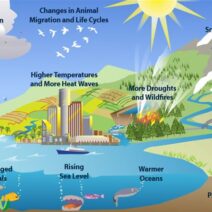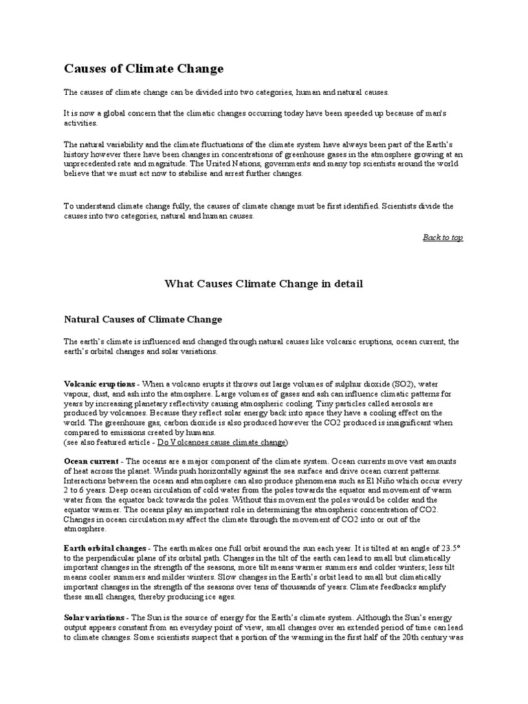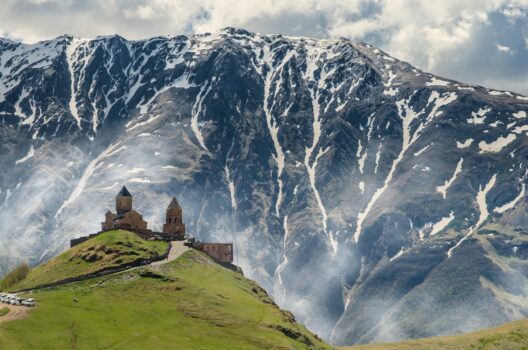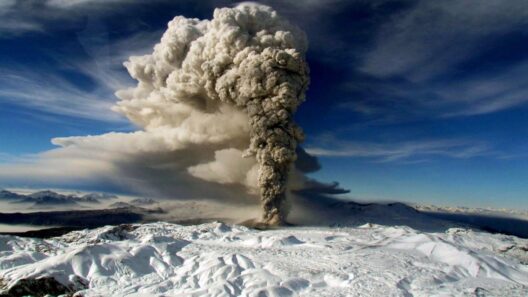Forest fires, a natural and often inevitable aspect of many ecosystems, evoke a deep ambivalence in conversations surrounding climate change. While they play a critical role in certain ecological cycles, the question remains: do they contribute to global warming? The intricate interplay between forest fires and climate change is a complex tapestry woven from ecological, atmospheric, and anthropogenic threads.
To comprehend the connection between forest fires and global warming, it is essential to recognize the duality of fire in nature. In some contexts, fires are beneficial. They promote the regeneration of some plant species, facilitate the release of nutrients, and provide habitats for a range of fauna. However, the exacerbation of wildfire occurrences—fuelled by climate change—presents a paradox where the very mechanism of ecological renewal turns destructive.
One cannot overlook the sheer scale of emissions emitted during forest fires. Combustion of biomass releases carbon dioxide (CO2), carbon monoxide (CO), methane (CH4), and a slew of particulate matter into the atmosphere. It is estimated that major wildfires can release millions of tons of greenhouse gases, significantly contributing to atmospheric CO2 levels. The Intergovernmental Panel on Climate Change (IPCC) posits that fire-related emissions could escalate with rising global temperatures. Thus, a vicious cycle emerges: climate change incites more frequent and intense fires, which in turn contribute more greenhouse gases to the atmosphere.
Moreover, the implications of forest fires extend beyond immediate carbon emissions. They also impact the carbon sink capacity of forests. Healthy forests sequester carbon, acting as vital buffers against rising atmospheric CO2. However, when a forest succumbs to fire, it loses its ability to absorb carbon efficiently. Reforestation and regrowth can take decades—if not centuries—during which time the land emits more carbon than it absorbs. This shift transforms forested areas from carbon sinks into carbon sources, further driving global warming.
Interestingly, forest fires also release black carbon—an aerosol that can significantly contribute to warming through atmospheric interactions. Unlike CO2, which lingers in the atmosphere for centuries, black carbon has a relatively short lifespan. However, its potency is alarming; it absorbs sunlight and warms the atmosphere, influencing weather patterns and accelerating glacial melt. The ramifications extend to remote Arctic regions, where soot from distant wildfires finds its way onto ice and snow, reducing their reflectivity and enhancing heat absorption.
The geographical and climatic context also plays a crucial role in understanding the influence of forest fires on climate change. Regions prone to drought, exacerbated by rising temperatures, face heightened wildfire risks. The Mediterranean Basin, California, and Australia exemplify areas where fire frequency and intensity have markedly increased. In these locales, the synergy of prolonged dry spells, extreme heat, and seasoned vegetation culminates in an incendiary landscape, creating conditions ripe for catastrophic wildfires.
Human activity further compounds this issue. Land-use practices, such as logging and urban development, disrupt natural fire regimes. The introduction of invasive species, which often thrive in disturbed ecosystems, can modify fire behavior and intensity, making wildfires more severe. The urban interface—the zone where human settlements meet wildland—is particularly vulnerable. Here, suppression tactics fail to account for the ecological role of fire, leading to an accumulation of biomass that fuels even larger fires when they do occur.
The economic implications are equally significant. The costs associated with wildfire suppression, property damage, and health-related effects from smoke can reach staggering heights. Communities face the burden of heightened insurance premiums and loss of livelihoods. Simultaneously, governments grapple with the financial aftermath, diverting resources to firefighting efforts that do not address the root causes.
In addressing the conundrum of forest fires and global warming, mitigation strategies must transcend mere suppression. A holistic approach involving sustainable forestry practices, controlled burns, and land management strategies is paramount. These methods can reduce the buildup of hazardous fuels and reintroduce natural fire regimes, returning balance to fire-adapted ecosystems.
Furthermore, broadening public awareness about the relationship between fire management and climate resilience is vital. Advocacy for policies that prioritize ecological restoration, sustainable land use, and climate mitigation can facilitate a paradigm shift. Engaging local communities in conservation efforts can empower those most affected by the consequences of wildfire, fostering stewardship of natural resources.
The phenomenon of forest fires serves as a stark reminder of the intricate nexus between nature, human activity, and climate change. While they can rejuvenate the ecosystem, their destructive potential in the context of rising global temperatures warrants our attention and action. Recognizing and addressing the fiery connection between forest fires and global warming is critical in our collective endeavor to combat climate change. It is not merely about extinguishing flames; it is about understanding their role in the broader ecological narrative and cultivating a future where the balance between fire and forest is harmoniously maintained.








